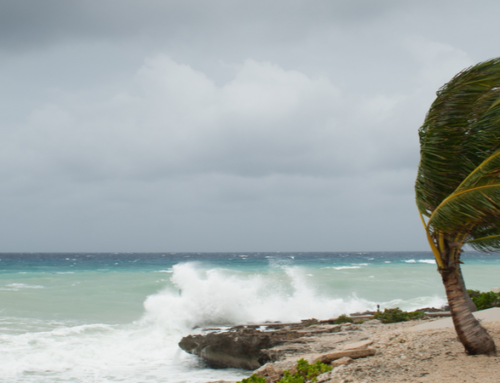Q: I was in Nashville, TN this last weekend delivering a seminar on FEMA and flood issues for land surveyors.
I picked up a copy of “The City Paper” and caught your article regarding flood plain locale.
You incorrectly state in the last paragraph that the buyer “may have to purchase flood insurance.” According to the National Flood Insurance Reform Act of 1994, any federally-regulated lender cannot make, increase, extend or renew any loan on any property located within a “Special Flood Hazard Area” (SFHA) unless flood insurance is purchased by the borrower.
Also, the purpose of an elevation certificate is merely to determine the premiums for mandatory flood insurance and for the mental comfort of the purchaser.
A: Thanks for your comments. You are correct. According to FEMA, homes located in SFHAs that have mortgages from federally-insured or regulated lenders must purchase flood insurance, under federal law.
In my column, I said “may have to purchase flood insurance” to cover the possibility that some people might be working with non-federally regulated lenders or even relatives in which case, the borrower would not have to obtain flood insurance.
One interesting statistic is that despite federal law requiring homes in SFHAs to purchase flood insurance if they have mortgages, only 49 percent of single-family homes in SFHAs have flood insurance. According to a RAND corporation study conducted for FEMA, about 60 percent of homes in the South and West have flood insurance coverage. Nationally, just 1 percent of homes in non-SFHAs have flood insurance.
As I’ve said before in this column, flood insurance is important and reasonably priced. It’s worth buying. Thanks for writing.






Leave A Comment